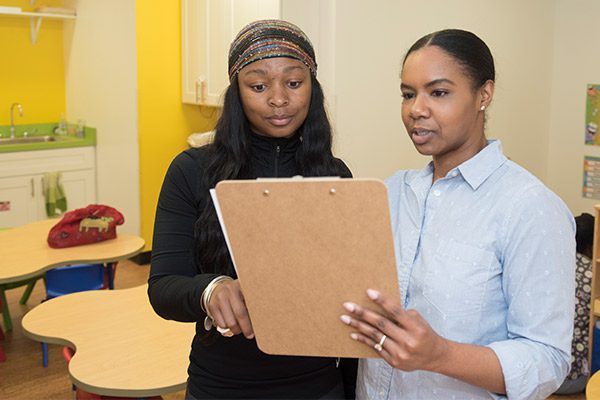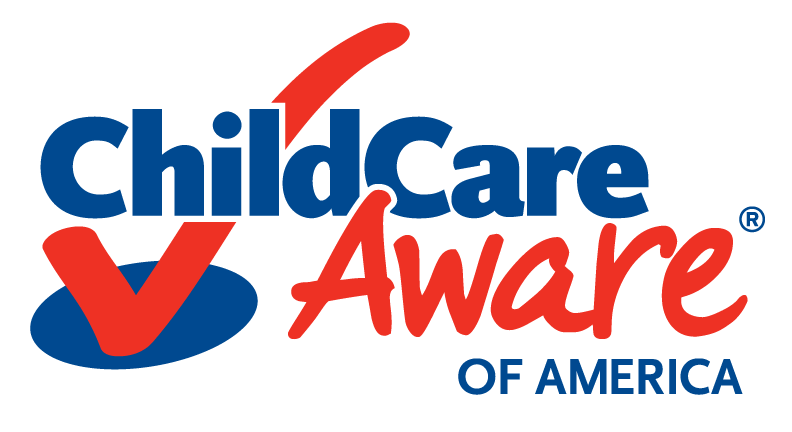Business continuity, sometimes referred to as continuity of operations planning (COOP), involves being able to recover quickly and continue providing services at the same level as before following a disruptive event. It involves planning and is vital to recovering after an emergency happens.
Child care providers make key contributions that support children, parents and communities. In the aftermath of an emergency, having available, safe, child care allows individuals and communities to recover faster.
Damage to your child care program can force you to temporarily close or relocate. It is important to prepare in advance, before an emergency, for reopening your business as soon as it is safe to do so to provide stability for the children impacted by the emergency as well as allowing parents to rebuild and return to the workforce.
Business continuity planning helps you answer questions like:
- Would your program survive if you had to close for one week due to an emergency? What about one month or longer?
- Would parents be able to find care for that time while you were closed?
- How would you pay staff? Utilities? Rent or mortgage?

Business Continuity
When planning for business continuity, consider these topics:
- Protection of vital records (both child records and business records)
- Protect paper records from water or fire damage
- Consider converting documents to electronic records and store them off-site or on a web-based server
- Back-up caregivers or alternate child care locations
- Find locations that may be places to operate if your child care site is damaged
- Consider another child care program that may be able to care for children if necessary
- Be sure to talk to your state licensing to figure out what steps must be taken before operating at an alternate site
- Policies on parent payments during closures
- Decide in advance if parents will have to pay during closures due to an emergency
- Include the policy in your contract with parents
- Policies on paying employees during closures
- Decide in advance if employees will be paid during closures due to an emergency
- If you will be paying employees, figure out where those funds will come from
- Inventory of equipment
- Complete a thorough inventory of child care equipment, furnishings and supplies, as well as administrative equipment at least once a year (including purchase price)
- Take pictures or video of the items
- Insurance coverage
- Make sure your insurance coverage is adequate for your business
- How Insurance Protects You in an Emergency offers more guidance.
- Establishing an emergency fund
- It is recommended that you have enough money to cover all insurance deductibles as well as basic living expenses for at least three months
Review Reducing the Financial Toll of Emergencies for more recommendations on many of these topics.
Damage Assessments
After an emergency, as soon as it is safe to do so, it is important to inspect your home and business. Some inspections will be simple, others may need the assistance of a professional, such as a structural engineer.
Conducting this assessment early on is important as the information obtained can be used to communicate the condition of your facility as well as the status of your program to your local Child Care Resource and Referral (CCR&R) agency, licensing consultant or supervisor.
COVID-19 and Business Continuity
The COVID-19 pandemic serves as an example of the importance of planning ahead for business continuity. Many child care providers have been severely impacted by COVID-19. Policies on parent and staff payments during closure often were not in place. Loss of income due to closing or reduced enrollment had a significant impact as well. While the challenges of the pandemic probably could not have been avoided, having a business continuity plan in place may have made it a little easier.
The pandemic also brings about other questions to consider when it comes to business continuity, including:
- Will your hours of operation need to change?
- How will you staff your program if employees must quarantine?
-
- How will you ensure you have adequate supplies (cleaning and paper products, for example)?
- Will you need to modify your child care space due to health or safety guidance?
- Are you encouraging parents to think of back up child care options in the event you must close temporarily due to illness?
Preparing for Business Continuity
If you have a business continuity plan in place for your child care program, be sure to keep it updated. If you do not have a business continuity plan, consider the topics above to get started. It is never too late to start thinking about business continuity for your child care program.
Your local CCR&R can be a great resource to help you create or update a business continuity plan.
Business Continuity Planning Resources
- Preparedness Planning for Your Business (Ready.gov)
- Financial Preparedness (Ready.gov)
- Reducing the Financial Toll of Emergencies (CCAoA)
- Reducing the Financial Toll of Emergencies Spanish (CCAoA)
- How Insurance Protects You in an Emergency (CCAoA)
- How Insurance Protects You in an Emergency Spanish (CCAoA)
- Emergency Financial First Aid Kit (FEMA)
Business Continuity Plan Examples
- Business Continuity Plan (Ready.gov)
- Continuity of Operations Plan (COOP) (Child Care Aware® of New Hampshire)
- Department of Children and Families Child Care Regulation Continuity of Operations Plan (COOP) (Florida)


